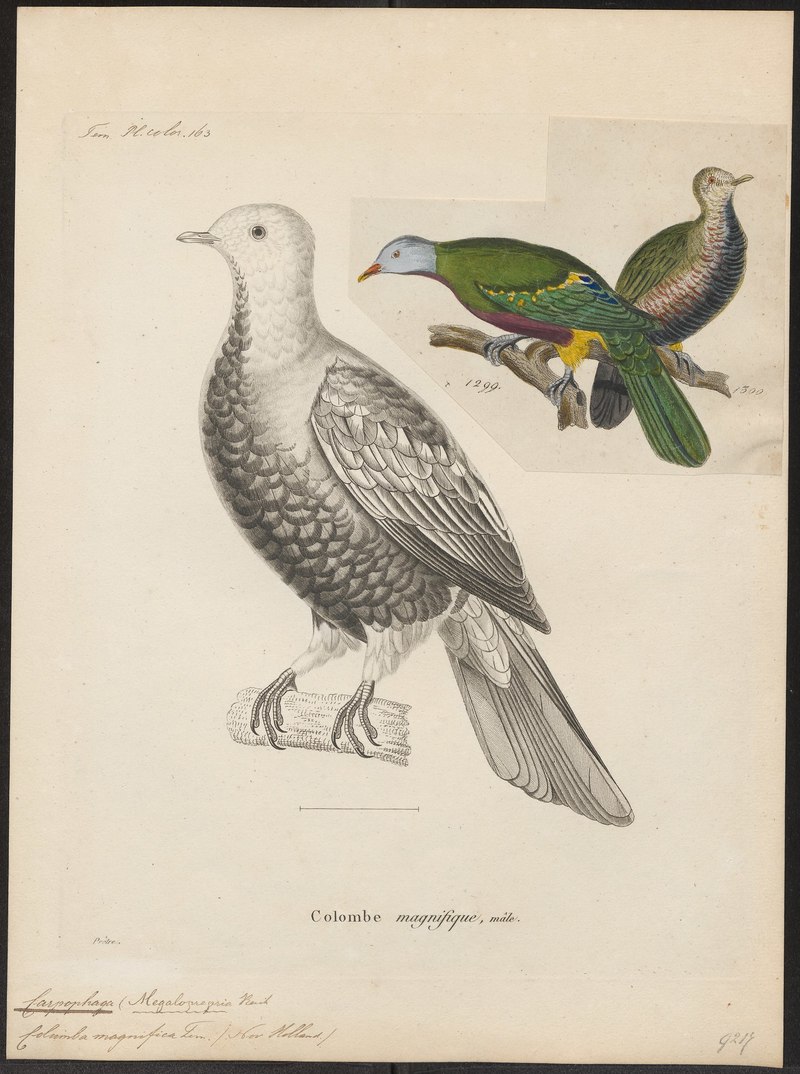|
| Query: pigeon | Result: 1160th of 1207 | |
Carpophaga magnifica = Ptilinopus magnificus (wompoo fruit dove)
| Subject: | Carpophaga magnifica = Ptilinopus magnificus (wompoo fruit dove)
| | Poster: | Wiki Photos (---@---.---)
| |

| Resolution: 1525x2048
File Size: 610007 Bytes
Upload Date: 2023:03:28 13:07:35
|
|
|